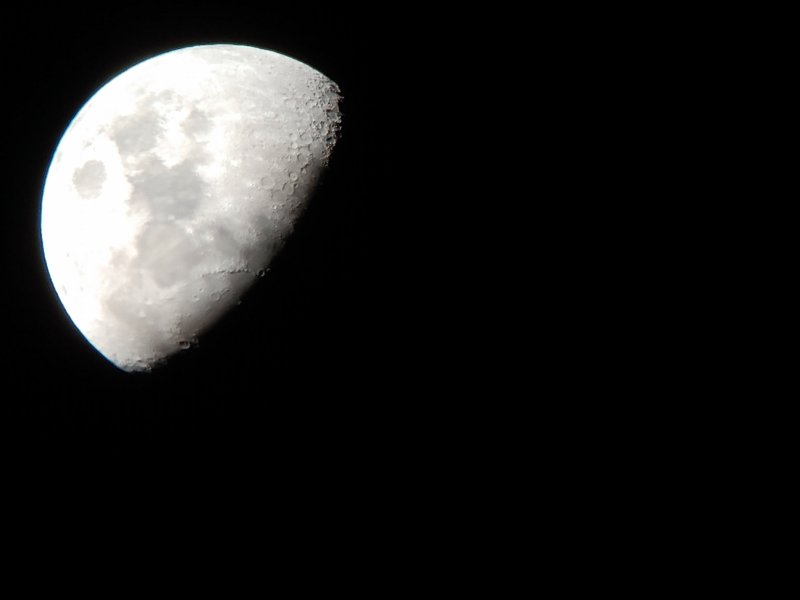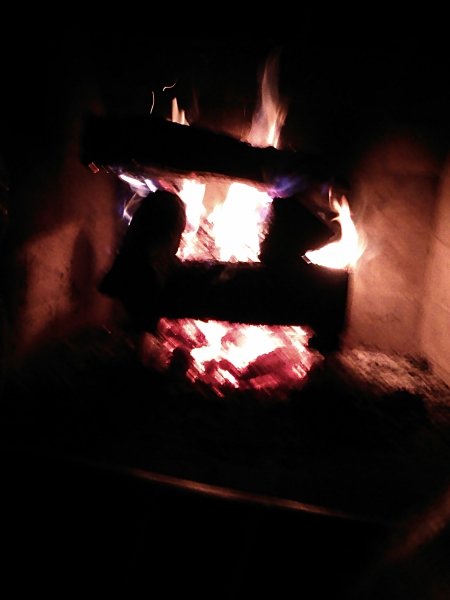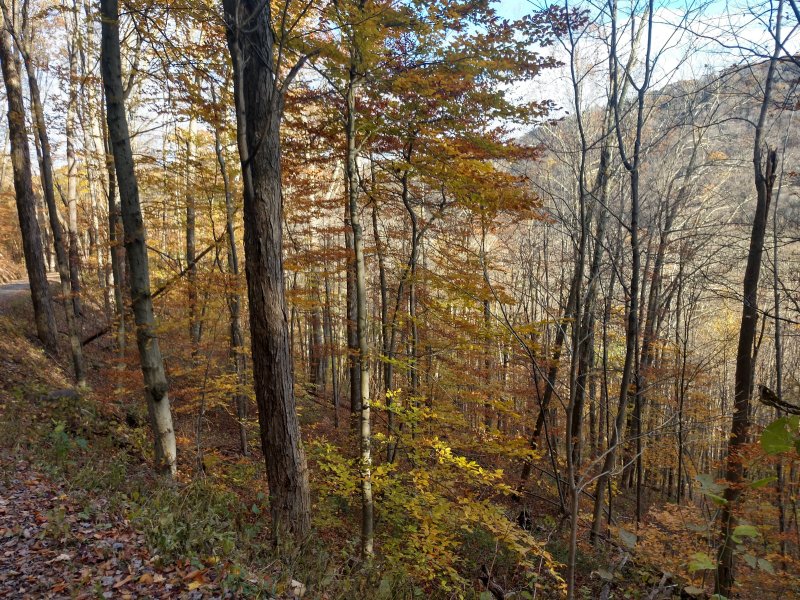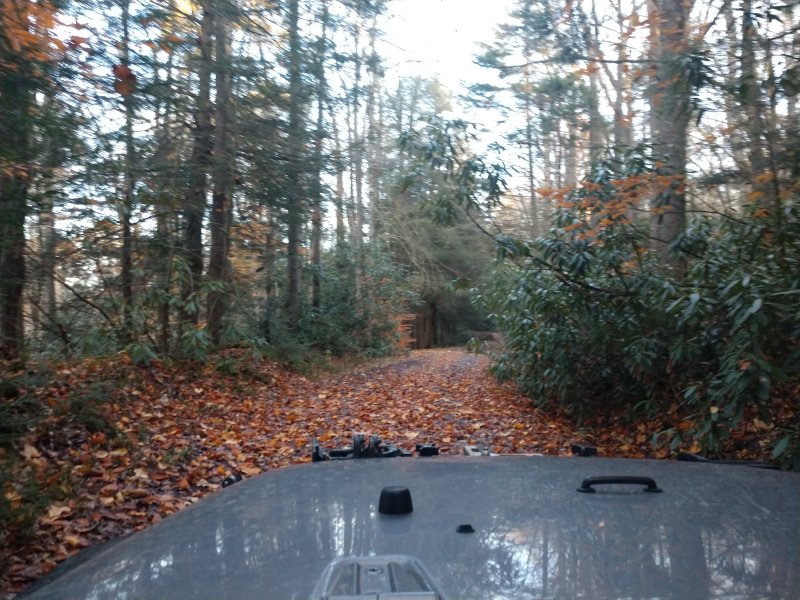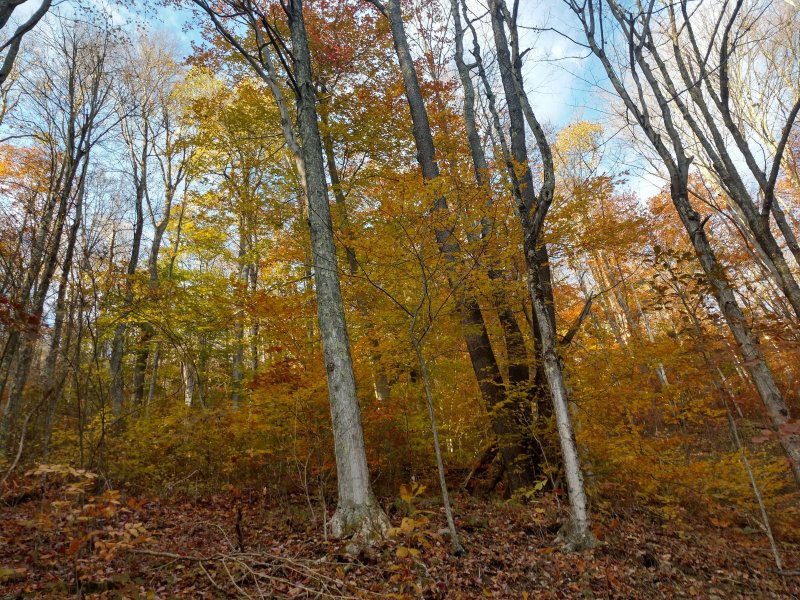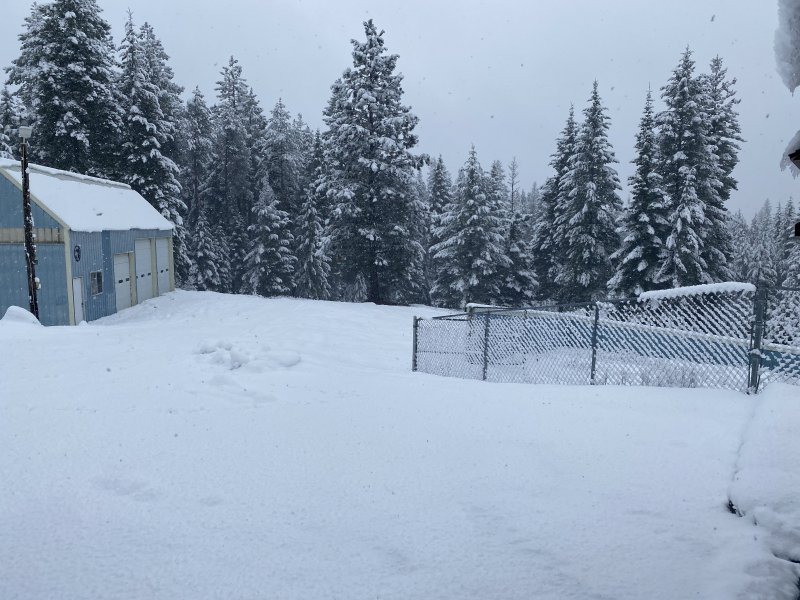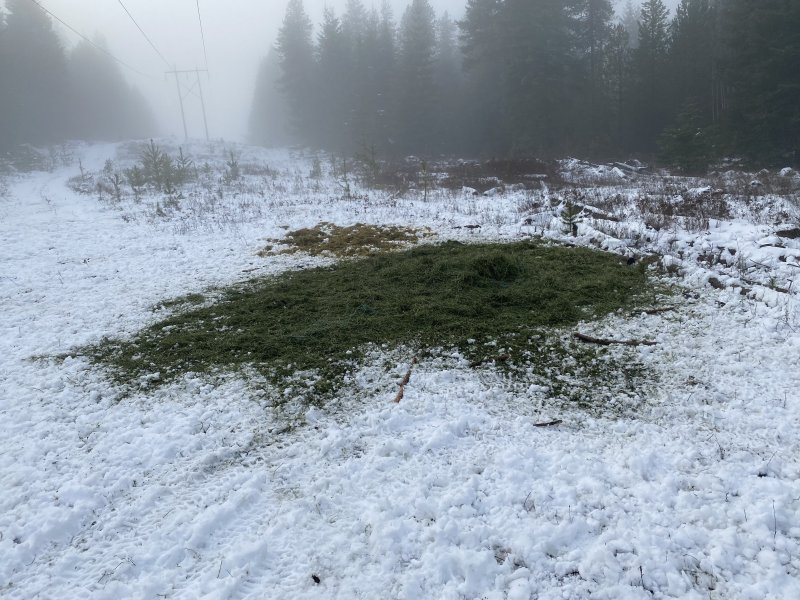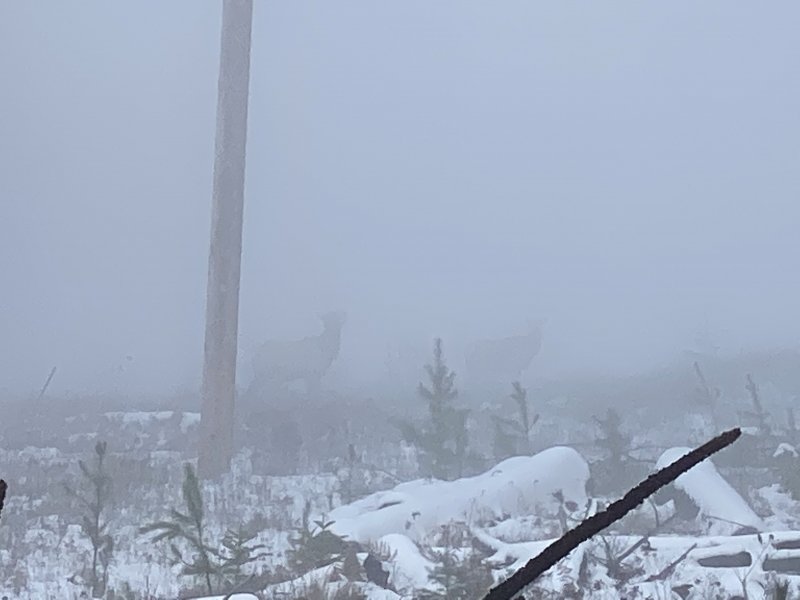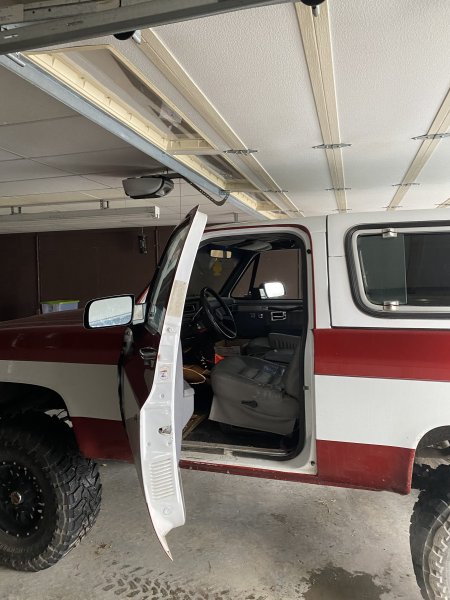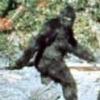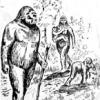Leaderboard
Popular Content
Showing content with the highest reputation on 11/23/2021 in all areas
-
I think I have mentioned this, but the trackway I found back in '74 lead out of the river, across a mud-covered rocky shelf, up a very steep clay bank, and into a horrific evergreen huckleberry "jungle". It was previously logged, naturally reseeded, and grew back to a mass of mid-sized Douglas fir overstory with an understory of incredibly dense huckleberry and blackberry. It very much resembled the original OP site / approach path the team used as depicted in video. I've also uncovered 2 reports from hunters in the Oregon Coast Range of nest-like structures on the ground made of evergreen huckleberry in locations similar to the OP original site in that they were above smaller of a main river, tributaries where salmon spawn. I do not think this is as unique as it initially appeared, it's just so forbidding people don't generally go into those places so they don't find the nests. It makes me think of a couple of other locations I should check .. would check if I were a little nearer with younger legs. MIB3 points
-
3 points
-
A few points need to be made: 1. Obviously any new species will not have DNA sequences in the NCBI database, GenBank. But new species, occasionally a primate, are discovered, and their DNA is sequenced all the time. Recognition by science is based on a number of factors: photo and/or video evidence, a holotype specimen with carefully described morphology which differs significantly from all other species, behavior characteristics, range, AND a phylotree of related species, including the new one, that makes sense. The relation to known species (through a DNA based phylotree) is important. 2. One needs information on the specific technique Disotell used to be able to evaluate his comments such as "the DNA was too degraded." The entire Neanderthal genome was sequenced from HIGHLY degraded DNA. Also DNA is purposefully degraded (broken up) in some sequencing techniques (results are then reassembled later). 3, As a donor to the Meldrum/Disotell Project I was promised access to the results. I have seen nothing, and doubt anything formal was produced. I will inquire about this. Anybody here seen anything written? 4. See https://journals.plos.org/plosone/article?id=10.1371/journal.pone.0044271 for a very good article on the discovery of a new species of monkey. Note the phylotrees (also called phylograms) in the figures and that much more additional factors were involved in describing this monkey as a unique species.2 points
-
I added this to some of the Small Town Monsters stuff they've been using as promo to push the documentary i the past few days..;) ---- I’ve waited a while to post this one. On November 16th, @small_town_monsters released their much coveted and most recent ‘On the trail of Bigfoot’ documentary, ‘The Discovery’ (Available Now, on Amazon). One of the many big questions to come from it was ‘Why ?’. Why would something build a nest where it did, and why would they build a nest with what they did ? All (20+) Olympic Project nests found so far were made with Evergreen Hucklberry (Vaccinium Ovatum), a species of Huckleberry that has pretty unique medicinal values. The Evergreen Huckleberry, also known as the Californian, Florist’s, Shot and Winter Huckleberry is one of only 3 out of 26 Vaccinium species in North America that can be used as a ‘birthing aid’ where its medicinal purpose is concerned. ‘An infusion of the leaves and sugar have been given to a mother after childbirth to help her regain her strength.’ Could this be the ‘Why ?’ that these nests are built out of what they are ? In some Native languages the term for plants translates to “those who take care of us.’ Food for thought, and maybe for other reasons too !2 points
-
Greetings, Im a free-thinking naturalist and Im intrigued by everything Unknown. I live deep in the woods and while I have never seen a bigfoot, I suspect they are in my area. Just looking to learn a little more. Lookin forward to it1 point
-
1 point
-
Indeed, thermals this time of year and on into Spring is when they are at their best, day or night. Either for the ones one looks through, or the ones one wears1 point
-
I would like to put things into a real-world perspective if I may. If a state or region that does not have a Grizzly population, say like i the Northeast, and a Grizzly somehow made it's way there? You can bet that the state's F&W, Game Wardens, and even, hunters would know it in a matters of days if not hours. So what does that say about a small resident population of 7' tall 600 lbs. Sasquatches that have had presence in an area, region, or state for a hundred years or more? And out of those hundred years or more, not one creature has ever become a nuisance issue that had to be dealt with in some quiet manner? When it's put like that, no one can tell me that no one knows about them.1 point
-
Of course it's possible. So a follow up question might be, has it already been done? And if so, by who, and how would we know? Pretty hard for me to think that after all of these years and decades, coupled with 25 years of ever more precise DNA technology, that DNA has never once been extracted and verified by any one or any institution of agency, or even a branch of service. Never ever? Not once? That seems unfathomable for anything that has today's high tech and high skills. In fact, it makes no sense at all that these creatures have never been looked at, studied, or tested to discover the very things you mentioned. That may have been true in the sixties, but it would be an unbelievable dereliction of even minor scientific investigation in today's need to know and understand everything. And the capability for doing that is so far ahead of anything fifty years ago that it isn't even funny. The best ever of equipment for investigation, research, surveillance- both from Earth and from orbit, and a veritable army of specialized scientists graduating into their fields of discipline every year, and with the knowledge of how to use all of that high tech equipment. And in all of it, not one shred of DNA? Not one viably good fragmented base pair sequence? And i don't think I'm blowing this out of perspective one bit either. Because to think otherwise one has to suspend, reason, logic, and common sense to a level that borders on a persons inability to step back and look hard at the Bigfoot discovery picture and see that something is very much not right with it. And part of that is that we don't know what science would be looking for that would establish a creature in North America as being a novel primate. Because I do t\seriously think that there is a set of criteria that a geneticist specializing in primate evolutionary genetics would be on the look out for. Look at Patty. She is the product of a certain set of genes. Those genes give her her characteristics and general look. One could easily surmise that science would have a pretty good educated guess at which genes to look for? Or maybe even which genes might be missing? Science does hypothesize after all about all kinds of things. Why not a hypothetical blueprint for a novel primate?1 point
-
Perhaps not if they are more human than animal. As we know large humans don't live as long as small ones.1 point
-
@Mizzy DI think that www.sasquatchbioacoustic.blogspot.com is monongahela 's website a member of the Olympic Project and sasquatch sound specialist and recordist who has been at it for prolly 20 years or so, based in Virginia I think. http://www.olympicproject.com/member/monongahela/ David Ellis in that group does a lot of recording too. Sorry for duplicate reply I had been trying to post a response all morning and the website would not allow me to for some reason.1 point
-
Yes, lots of interesting info. Guy, your stuff is always impressive, that last one sounds like some old MK Davis audio that was captured at close range. It's amazing how they can sound very human at times, but also definitely inhuman in their range and volume. Speaking as an audio buff, the vocal recordings are the most fascinating evidence. The Sierra recordings are right up there with the PG film in the important classics. It would be hard to keep up with all the audio gathered nowadays with modern equipment, so exciting! I have captured some odd vocal audio over the years, one example is from last year on pg. 8 of the audio thread. Not the best, due to distance, but odd and like an exchange. Have recorded similar examples, at least one for instance higher pitched, which I interpret as possible parent-child. I haven't recorded much this year, time to get back to it!1 point
This leaderboard is set to New York/GMT-05:00




